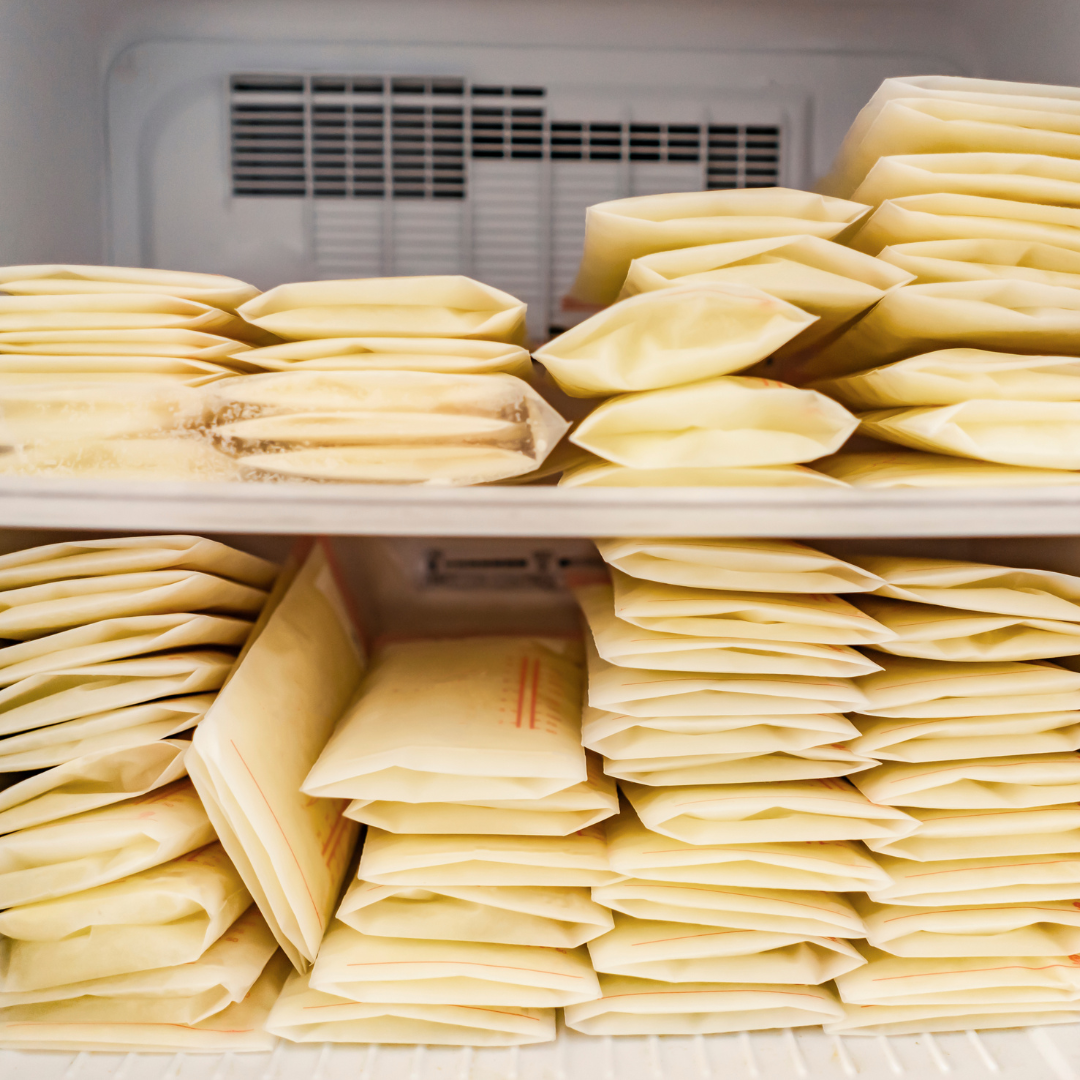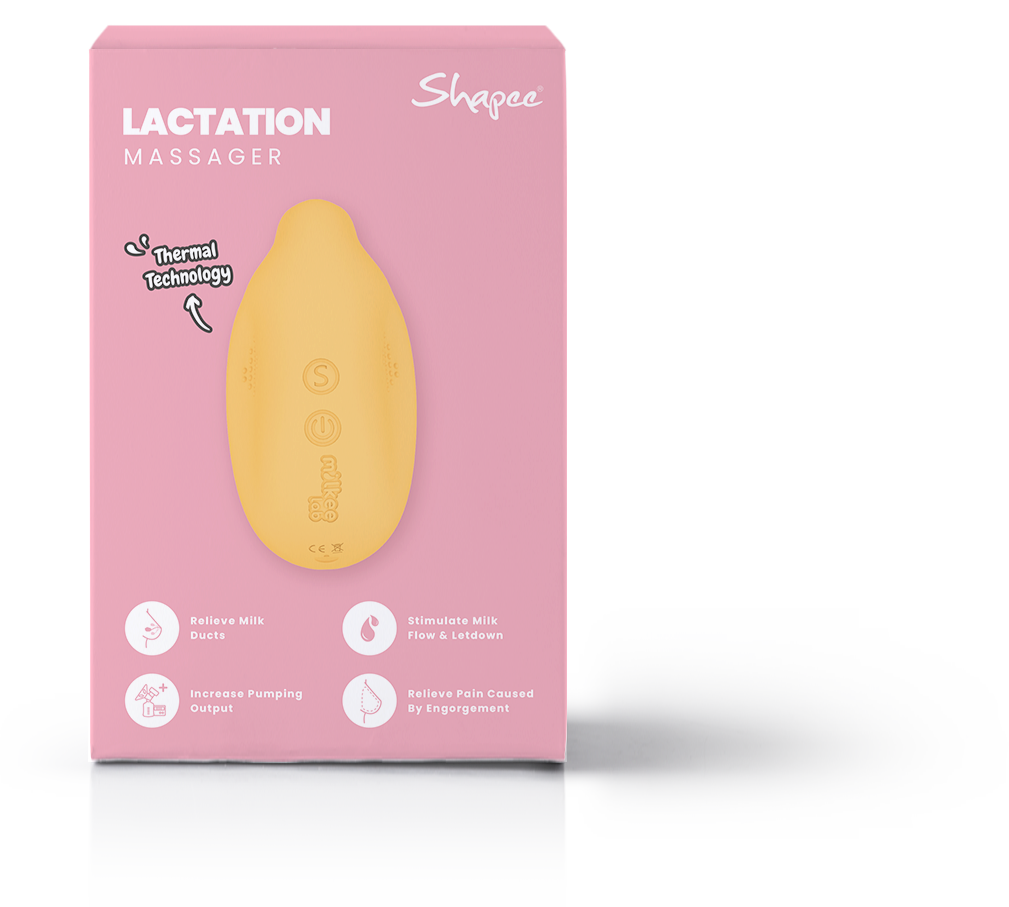10 Trendy Hacks to Tackle Oversupply Milk and Engorgement
UNDERSTANDING OVERSUPPLY MILK AND ENGORGEMENT

WHAT CAUSES ENGORGEMENT?
Engorgement occurs when the breasts become overly full of milk, typically because milk production exceeds the baby’s demand. This condition can be triggered by various factors such as a delayed start to breastfeeding after birth, infrequent or skipped feedings, sudden weaning, or an oversupply of milk. Engorgement can be uncomfortable, causing the breasts to feel tight, swollen, and painful, which may make it difficult for the baby to latch properly. Addressing engorgement quickly is essential to prevent complications like mastitis, a painful breast infection that can occur if the condition is left untreated. Regular and effective milk removal, either through breastfeeding or pumping, can help relieve engorgement and restore comfort.
SIGNS OF OVERSUPPLY MILK
Recognizing the signs of an oversupply of breast milk is important for managing your breastfeeding experience and ensuring your comfort and your baby's well-being. Common indicators include breasts that feel constantly full, heavy, or engorged, and frequent milk leakage between feedings. Babies of mothers with oversupply may gain weight rapidly due to high milk intake and might also show signs of discomfort during feeds, such as gulping or fussiness. Additionally, oversupply can lead to recurrent plugged ducts or mastitis, which are painful and potentially serious conditions. Identifying and addressing oversupply early can help maintain a smoother breastfeeding journey for both mother and baby.

WHY OVERSUPPLY MILK HAPPENS TO NEW MOMS
Oversupply is a common experience for many new moms, especially as their hormones adjust after birth and the body learns to regulate milk production based on the baby's needs. Factors like frequent pumping or expressing can unintentionally increase supply, and some women simply have a naturally higher milk output. While oversupply can be challenging, it’s important to remember that every breastfeeding journey is different. What works for one mom might not work for another, so don’t hesitate to seek support from a lactation consultant or healthcare provider if you're finding it difficult to manage.
THE ULTIMATE GUIDE TO MANAGING MILK SUPPLY
Tips on Reducing Milk Production
1. Block feeding: Feed from one breast for a set period (e.g., 3–4 hours)
This method helps manage oversupply by allowing one breast to fully empty before switching, which can reduce milk production and prevent engorgement.
2. Avoid pumping unless necessary
Pumping too often can signal your body to produce more milk, worsening oversupply. Only pump to relieve discomfort or if advised by a lactation consultant.
3. Use cold compresses between feedings
Applying a cold compress or ice pack to your breasts can help reduce swelling, relieve pain, and slow down milk production.
4. Wear a supportive, but not tight bra (image 1)
Choose a comfortable bra that offers good support without compressing your breasts, as tight bras can lead to plugged ducts or mastitis.
Strategies for Maintaining Balanced Milk Supply
1. Feed on demand, not on a strict schedule
Let your baby nurse whenever they show hunger cues to help regulate milk supply naturally and keep them satisfied.
2. Ensure proper latch and positioning
A good latch and comfortable position prevent nipple pain, support effective milk transfer, and reduce the risk of engorgement or blocked ducts.
3. Avoid unnecessary pumping
Pumping when it’s not needed can lead to oversupply and discomfort. Stick to nursing unless you need to express yourself for relief or storage.
4. Stay hydrated, but don't overdo it
Drink to thirst staying hydrated supports milk production, but excessive fluid intake doesn't boost supply and may cause discomfort.
5. Get enough rest and manage stress
Rest and relaxation are vital for both your well-being and milk production try to sleep when your baby sleeps and ask for help when needed.
How to Determine the Right Amount of Milk for Your Baby
1. Steady weight gains
Regular weight gain is a key sign that your baby is feeding well and getting enough nutrients.
2. 6–8 wet diapers per day
A well-fed baby will have plenty of wet diapers, showing they’re well-hydrated and getting enough milk.
3. 3–4 bowel movements daily (for newborns)
Frequent poops in the early weeks suggest your baby is digesting milk properly and feeding enough.
4. Baby seems satisfied after feedings
If your baby appears content and relaxed after nursing, it’s a good sign they’re full.
5. Baby is alert and active
A baby who is awake, responsive, and active between feeds is likely getting sufficient nourishment.

TRENDY TIPS TO MAINTAIN COMFORT AND CONFIDENCE
Embracing a Balanced Lifestyle
1. Practice yoga or gentle stretching
Light stretching or prenatal yoga can ease tension, improve flexibility, and support emotional well-being during pregnancy and breastfeeding.
2. Eat a balanced diet with plenty of whole foods
Nutritious meals filled with fruits, vegetables, whole grains, and lean proteins provide essential nutrients for you and your baby.
3. Stay active with low-impact exercises
Activities like walking or swimming help boost energy, reduce stress, and support postpartum recovery without straining your body.
4. Join online support groups for breastfeeding moms
Connecting with other moms in similar situations offers encouragement, advice, and a sense of community, helping you feel less alone.
Innovative Ways to Manage Engorgement Symptoms
1. Use cabbage leaves as a natural compress
Chilled cabbage leaves can help reduce breast engorgement and relieve swelling naturally just place them inside your bra for 20 minutes.
2. Try a vibrating lactation massager (image 1)
A lactation massager can help stimulate milk flow, relieve clogged ducts, and ease breast discomfort during or after feeds.
3. Use silicone breast pump to collect leaking milk
A hands-free silicone pump can catch let-down milk from the opposite breast during nursing, helping reduce waste and build your milk stash.
4. Invest in cooling gel pads designed for breastfeeding
These soothing pads provide instant relief from soreness or engorgement and can be reused throughout your breastfeeding journey.
In conclusion, by understanding oversupply and engorgement and using strategies like block feeding, cold compresses, and supportive gear, you can manage breastfeeding challenges with more confidence. Every mom's journey is unique, so be patient with yourself as you find what works best for you and your baby. Remember, it's okay to seek support and celebrate small victories along the way.


